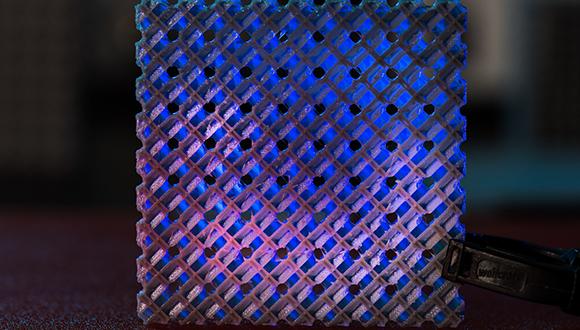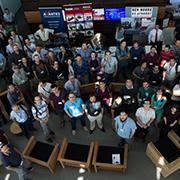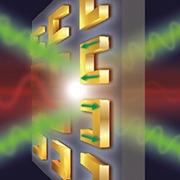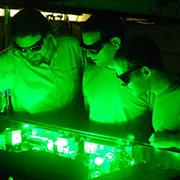Research
Our research is focused on several primary topics:
Plasmonic Nanostructures and Metamaterials
Surface plasmons are collective free-charge oscillations coupled to light, which are tightly confined to the interface between a metal and a dielectric. This confinement into a nano-scale region, which leads to intense electromagnetic fields, provides fascinating applications in nonlinear optics, nanoscale photonic circuits, light harvesting, electro-optic devices, sensing, nano-medicine and nano-imaging.
Among our leading projects are: Using plasmonic structures to enhance the light intensity and achieve highly-efficient generation UV and X-ray radiation relying on low-energy lasers, steering and controlling quantum transport in nano-scale junctions with ultrashort plasmons, and developing smart nanoantenna-arrays for plasmon-based dynamic beam shaping and light-harvesting.
Imaging and optical characterization
We use light to sense, characterize and image nanostructures pushing the boundaries of microscopy and spectroscopy. Among our leading projects are label-free super-resolution microscopy based on the temperature dependence of Raman spectra and on quantitative interferometry of coherent light, and high-throughput single-molecule optical techniques and nano-biosensors for detection of rare analytes and weakly interacting biomolecules with emphasis on ultrasensitive detection and quantification of clinical biomarkers.
Our studies include a balanced mixture of basic science with focused efforts towards developing novel noninvasive and nondestructive bio-oriented sensing, nano-imaging and manipulation technologies.
Optical control of matter
Light-matter interactions are used use to trap, orient and manipulate objects from the level of a single gas molecule to the level of a live cell in suspension. When molecules are strongly coupled to optical cavity modes, light-matter interaction enable also control of the chemical properties of matter. We use such technologies to study fundamental aspects of physics, chemistry and biology, such as non-equilibrium statistical mechanics, molecular dynamics, and collective phenomena.
High field ultrafast physics
The technological advancement in the generation of short optical pulses goes hand in hand with the ability to unravel the fundamental processes occurring in materials on shorter and shorter time-scales. Several groups at TAU are exploiting femtosecond pulsed laser for studying these ultrafast dynamics in atoms and molecules and develop novel methods for controlling material process by the intense optical fields that such pulsed lasers provide.
On the next level, our research is also devoted for the development of the next-generation light sources, which will open news spectral windows and will push the temporal-resolution limits further down toward to attosecond regime, providing the possibility to "watch" the motion of electrons inside materials.





